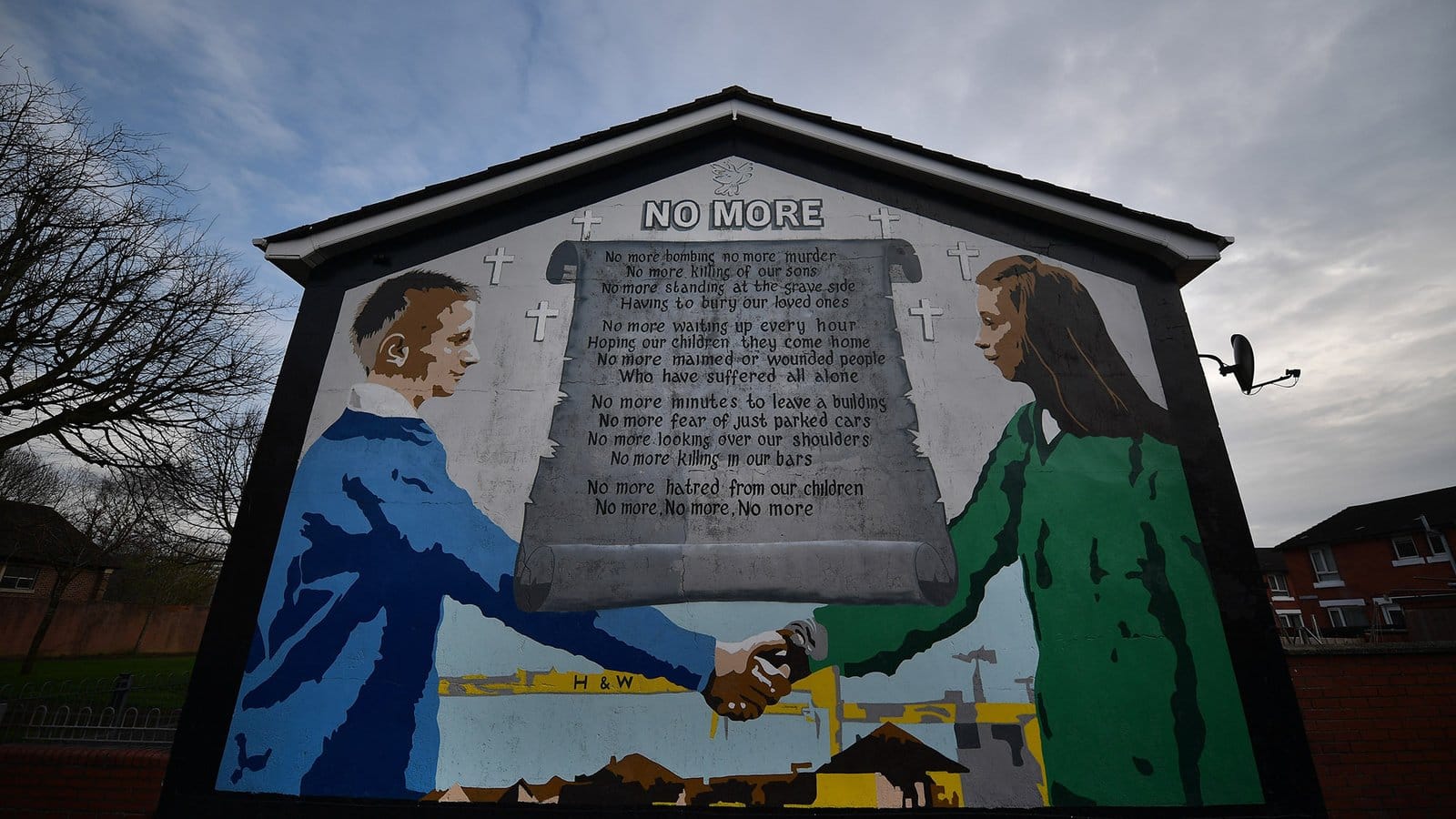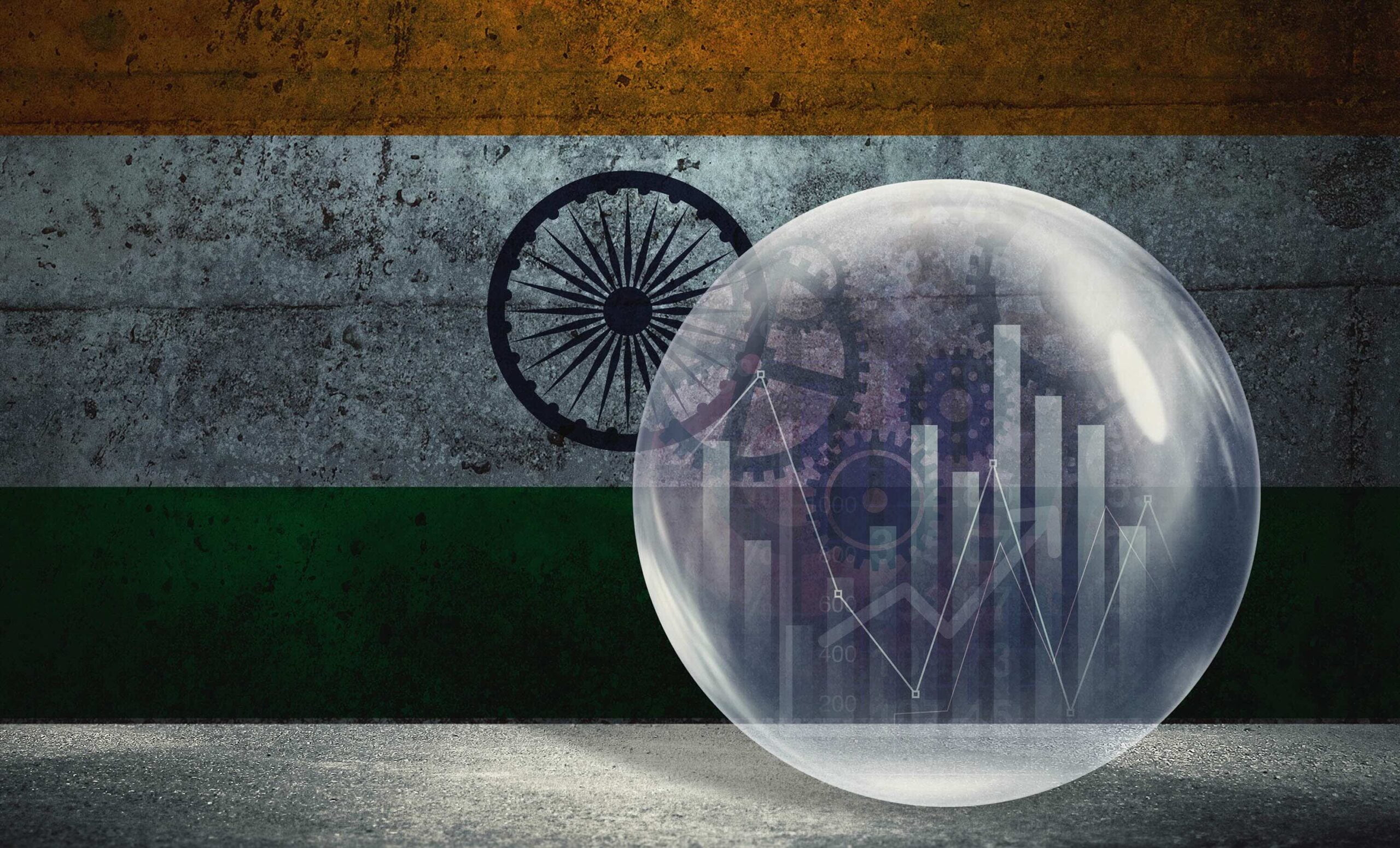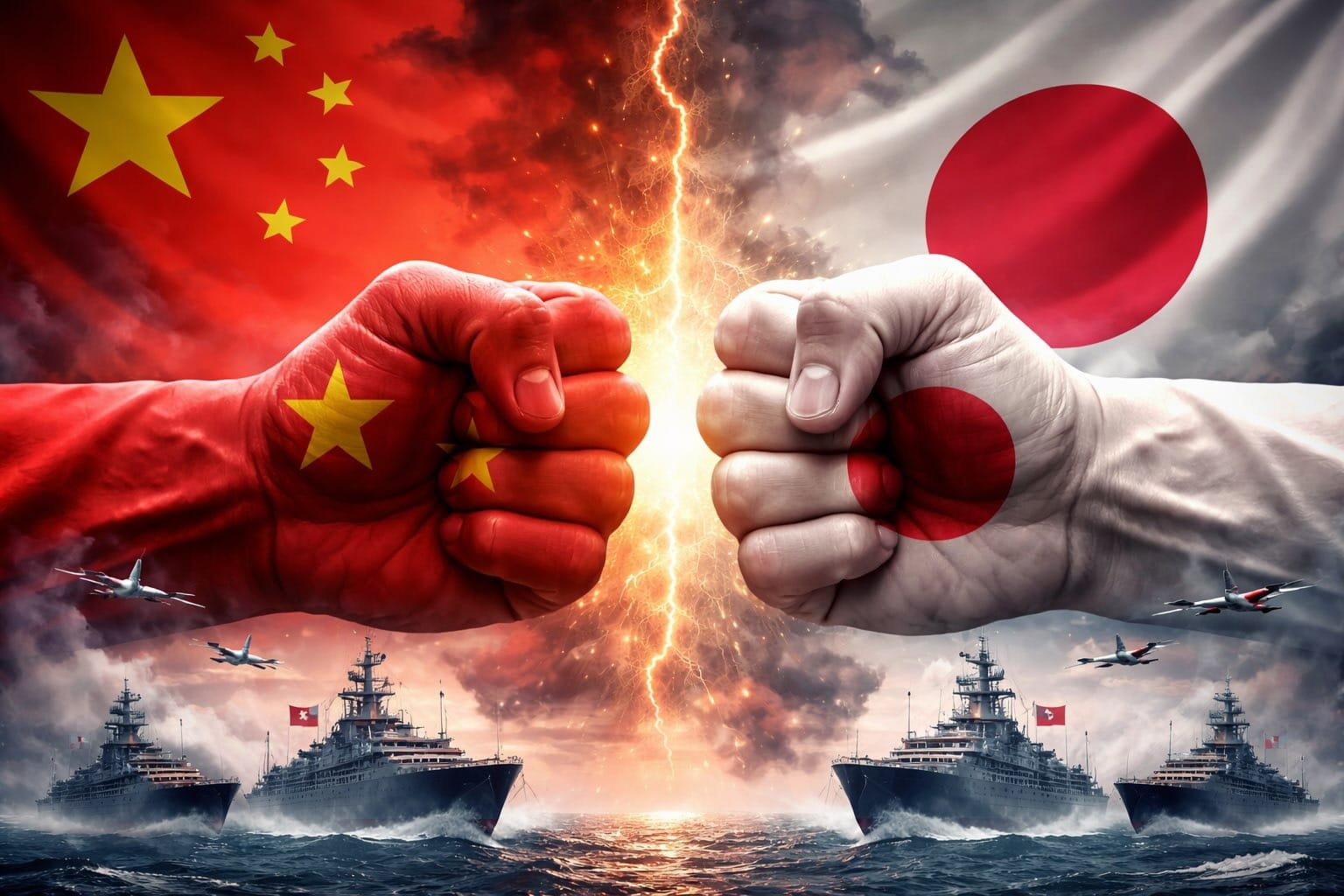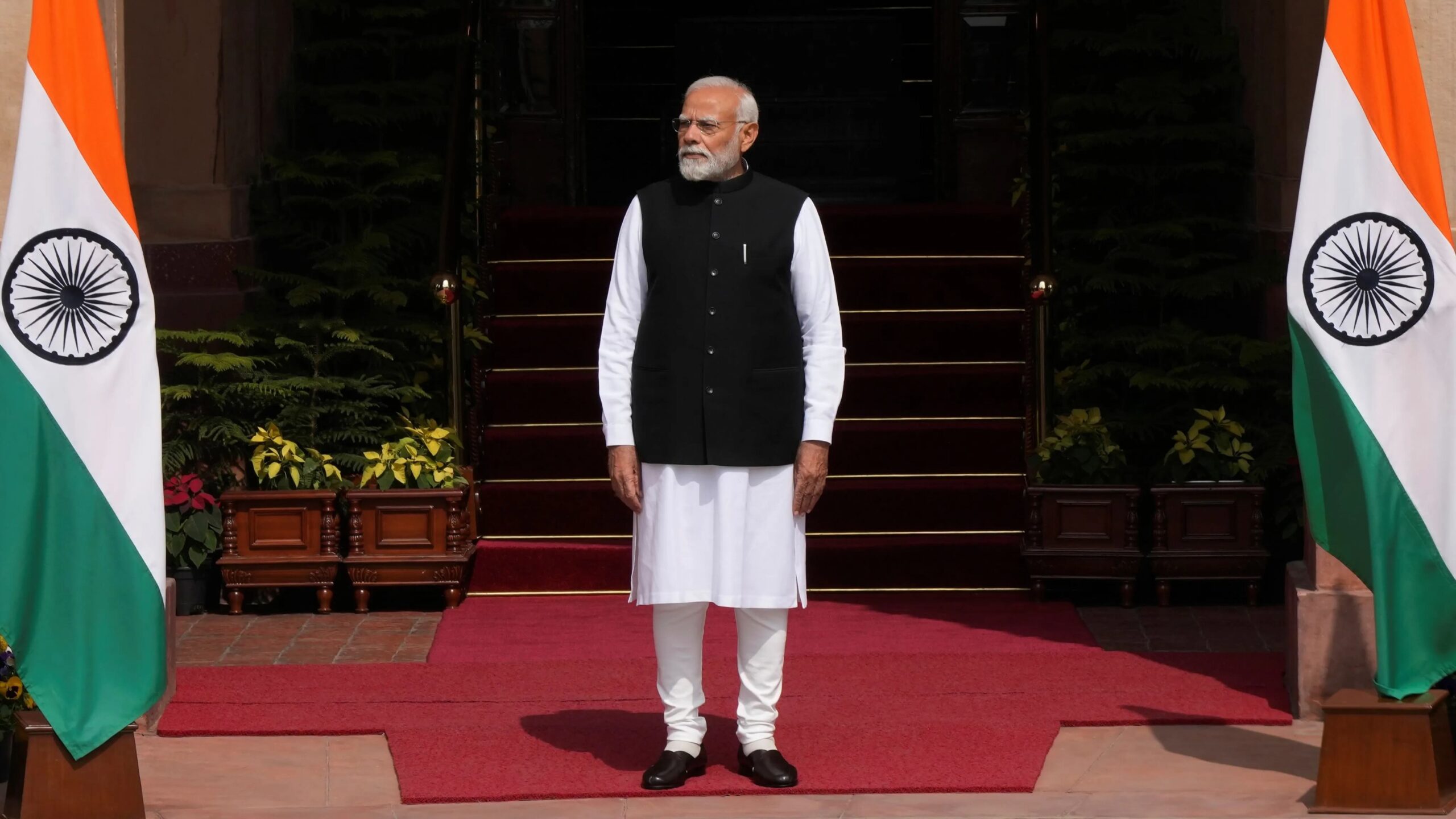Ten years after the contemporary Scottish independence movement began, Scotland’s independence and the long-awaited reunification of Ireland have become historic certainty. Political figures made the startling announcement that Northern Ireland will soon join the Republic of Ireland and that Scotland will be recognised as an independent country. The British Isles, as well as the distribution of power and international relations worldwide, are now redefined by these two significant events, which have their roots in decades of cultural revival, political unrest, and revolutionary catalysts.
Introduction
Scotland has a centuries-long history of unique legal, cultural, and political identity that is deeply ingrained in its quest for independence. A growing awareness among younger generations that the values and aspirations of Scots differ significantly from those imposed by Westminster has strengthened the fight for self-determination, which has evolved from the mediaeval wars against English domination to contemporary political debates. The demand for an independent Scotland that can better represent the goals of its people in a world that is changing quickly has also been rekindled by demographic changes and a cultural renaissance. Brexit was a major factor in triggering the independence movement. In the 2016 referendum, 62% of Scots voted to stay in the EU, which was a sharp contrast to the UK’s overall outcome.
This perceived misalignment between Scotland’s political will and Westminster’s actions served as a potent impetus for fresh demands for self-rule. The movement was also inspired by economic concerns, particularly the controversial controversy surrounding North Sea oil income and the difficulties posed by an UK fiscal policy that some claim has hampered Scotland’s progress. Change has been facilitated by a growing global desire for self-determination and a rejection of “one-size-fits-all” governing frameworks. After decades of historical conflict, there is now a restored agreement on the island of Ireland that unification is both desirable and attainable. The framework for a future referendum was long established by the Good Friday Agreement, and changing public opinion, fuelled by demographic shifts, economic convergence, and improved social indicators, has made it possible for Northern Ireland to join the Republic and create a united Ireland that reflects a common political and cultural identity.
The Road to Independence and Unity
References
- Institute for Government. “Scottish Independence”
- Institute for Government. “Irish Reunification”
- Scottish Government. “Building a New Scotland: An Independent Scotland’s Place in the World.”
- Chatham House. “Scottish independence will impact the UK’s global role.”
- Maynooth University – Research Spotlight. “What Would United Ireland Look Like? Some Lessons from Germany.”
- Reuters. “Sinn Fein struggles deal blow to nationalists’ united Ireland dream.”
- Financial Times. “Letter: Debunking the idea that reunification will be costly.”
- Financial Times. Nicola Sturgeon: “The independence movement has proven itself resilient.”
- The Guardian. “IndyRef: has the moment passed, or could it still happen?” Our panel responds.
- The Times. “Scotland dodged a bullet by not voting for independence.”
- Wikipedia. “Armed Forces in Scotland.”
- Wikipedia. “International Relations of Scotland.”
- Wikipedia. “Northern Ireland Protocol.”
- Wikipedia. “United Ireland.”
- Wikipedia. “Proposed Second Scottish Independence Referendum.”
All the views and opinions expressed are those of the author. Image Credit – Council on Foreign Relations (CFR).
About the Author
Jaiee Ashtekar holds a bachelor’s degree and a master’s degree in political science from the University of Mumbai. She holds a post-graduate diploma in international relations from the University of Strathclyde, United Kingdom (UK). She has done projects titled “Kashmir through Political Perception” and “Water issues between India and Pakistan.”



